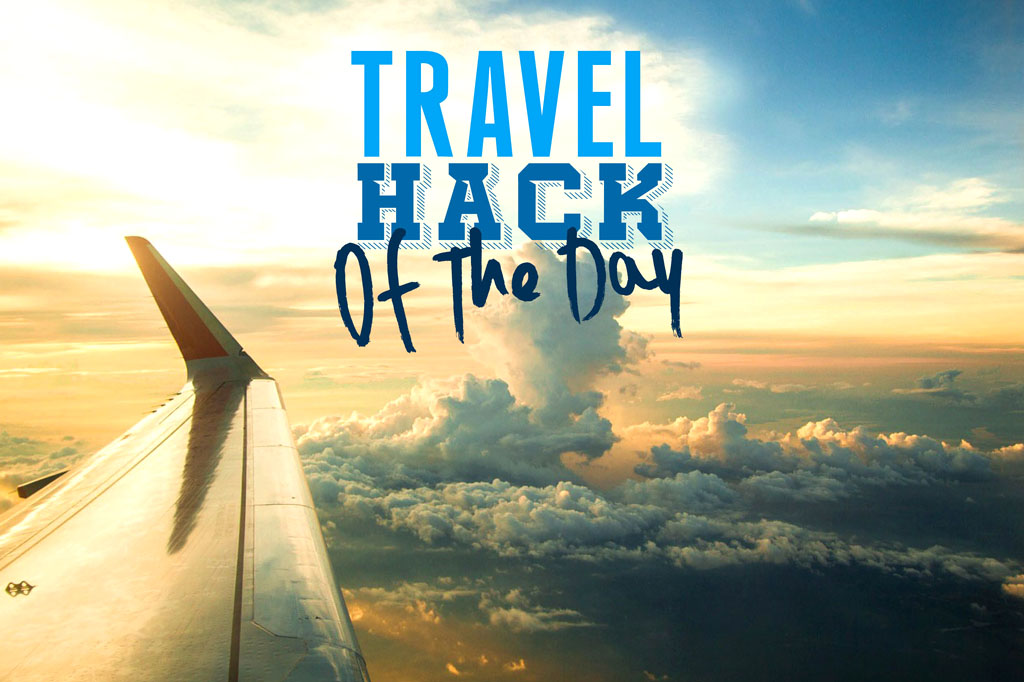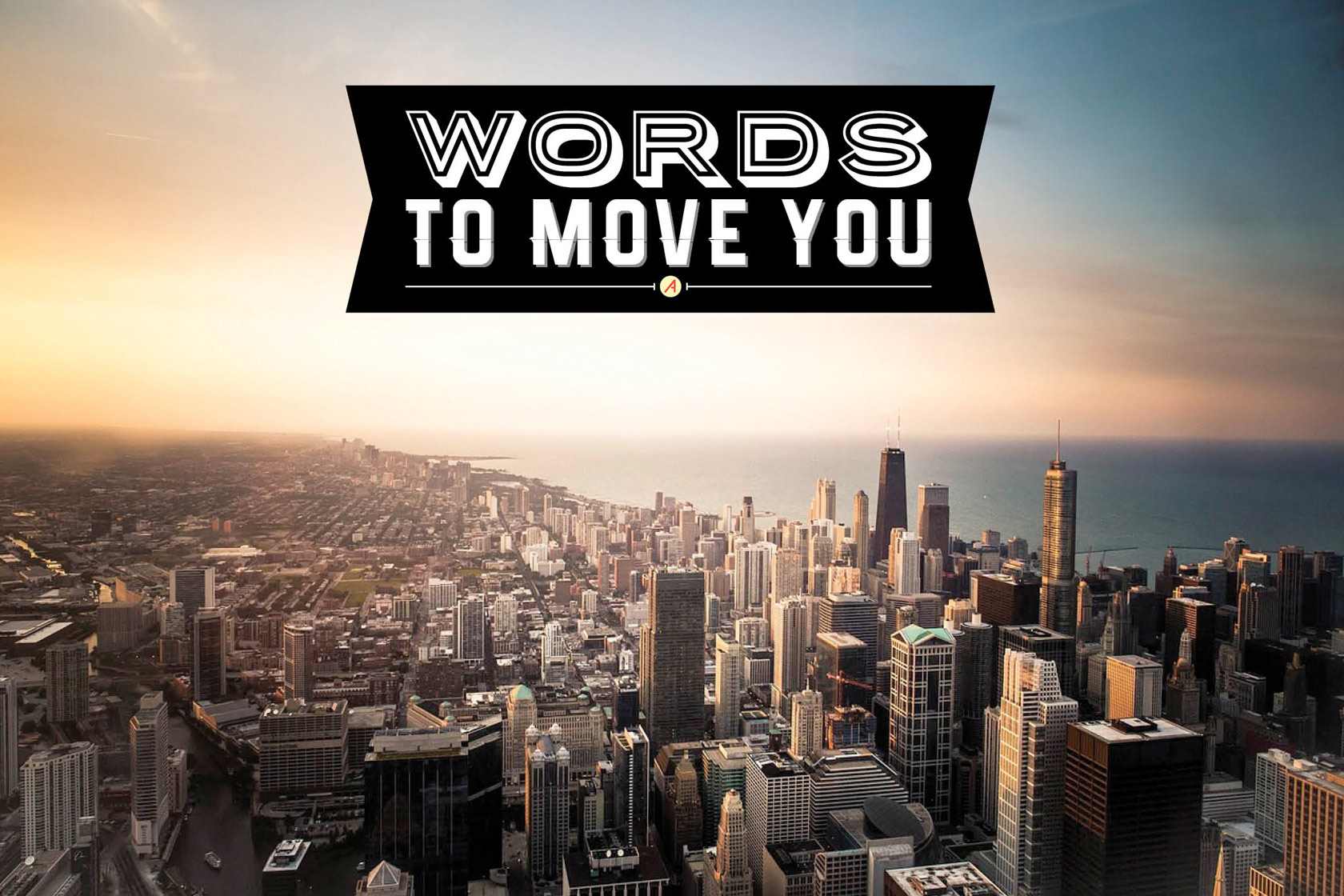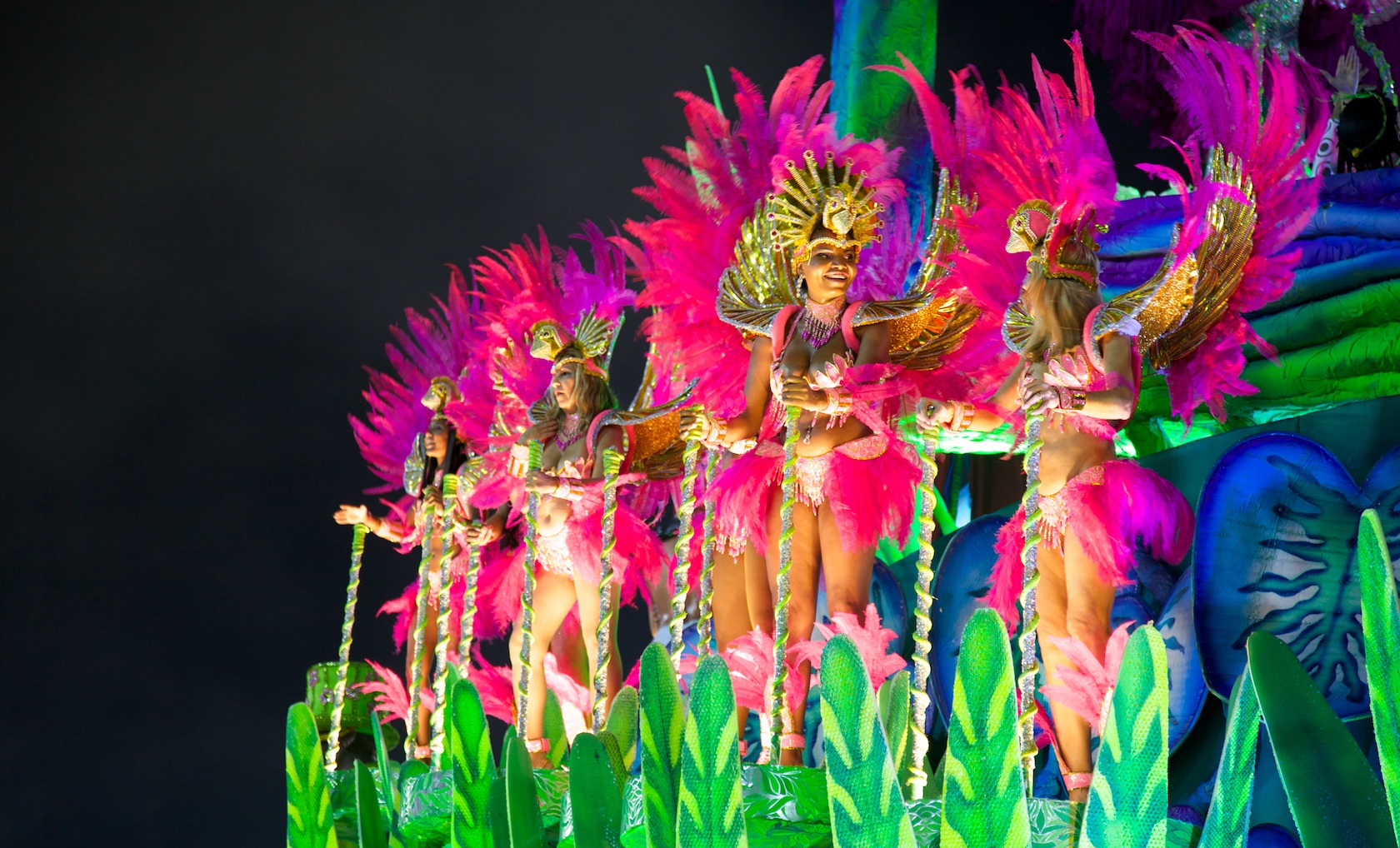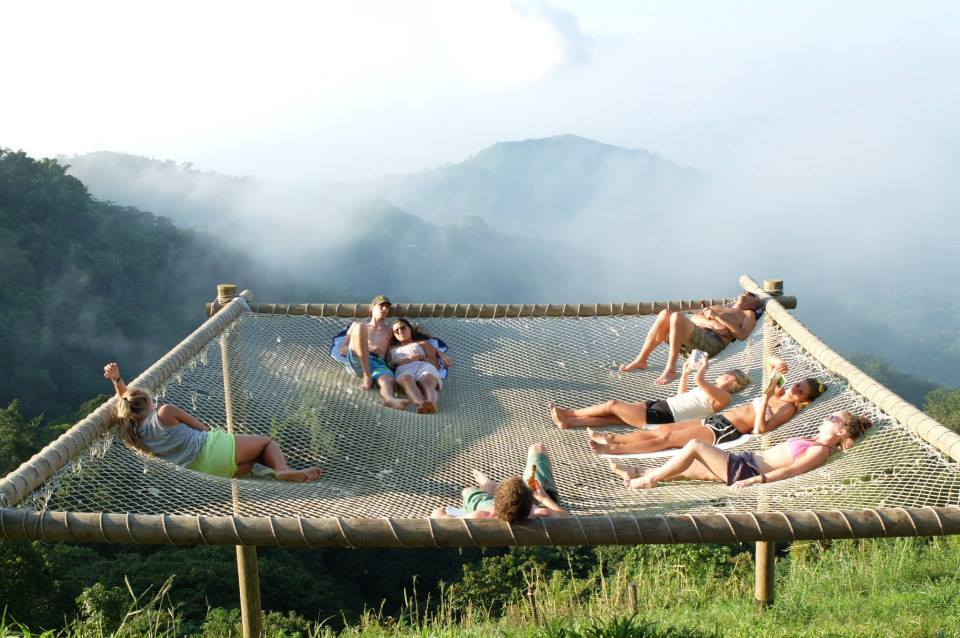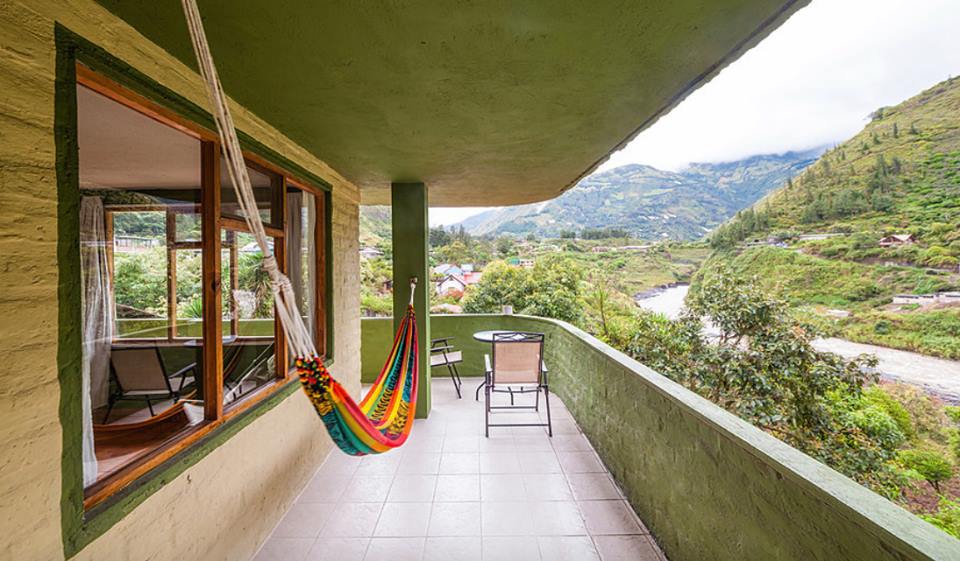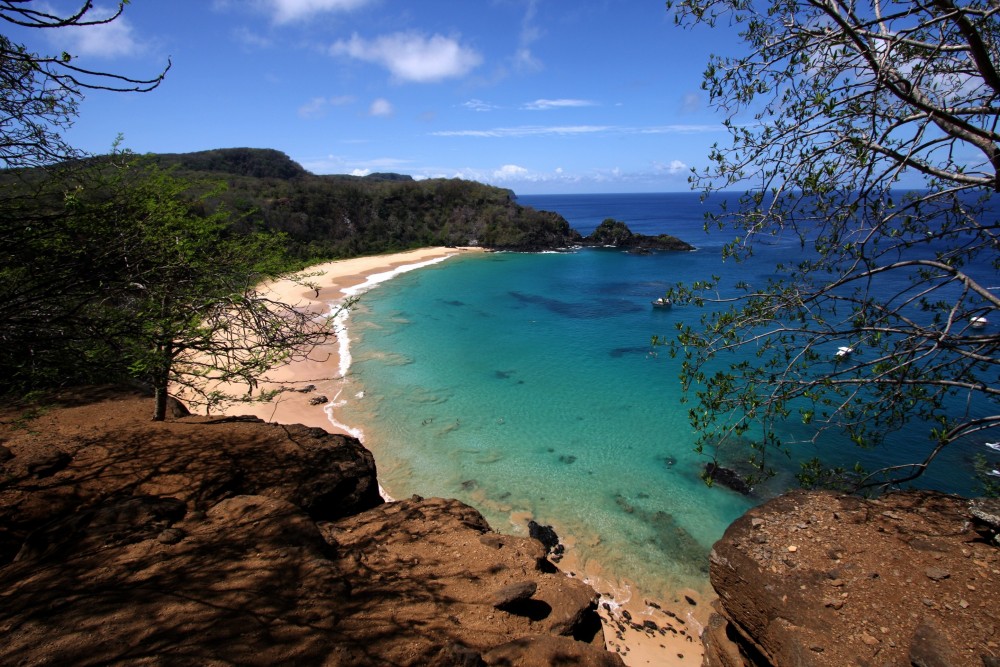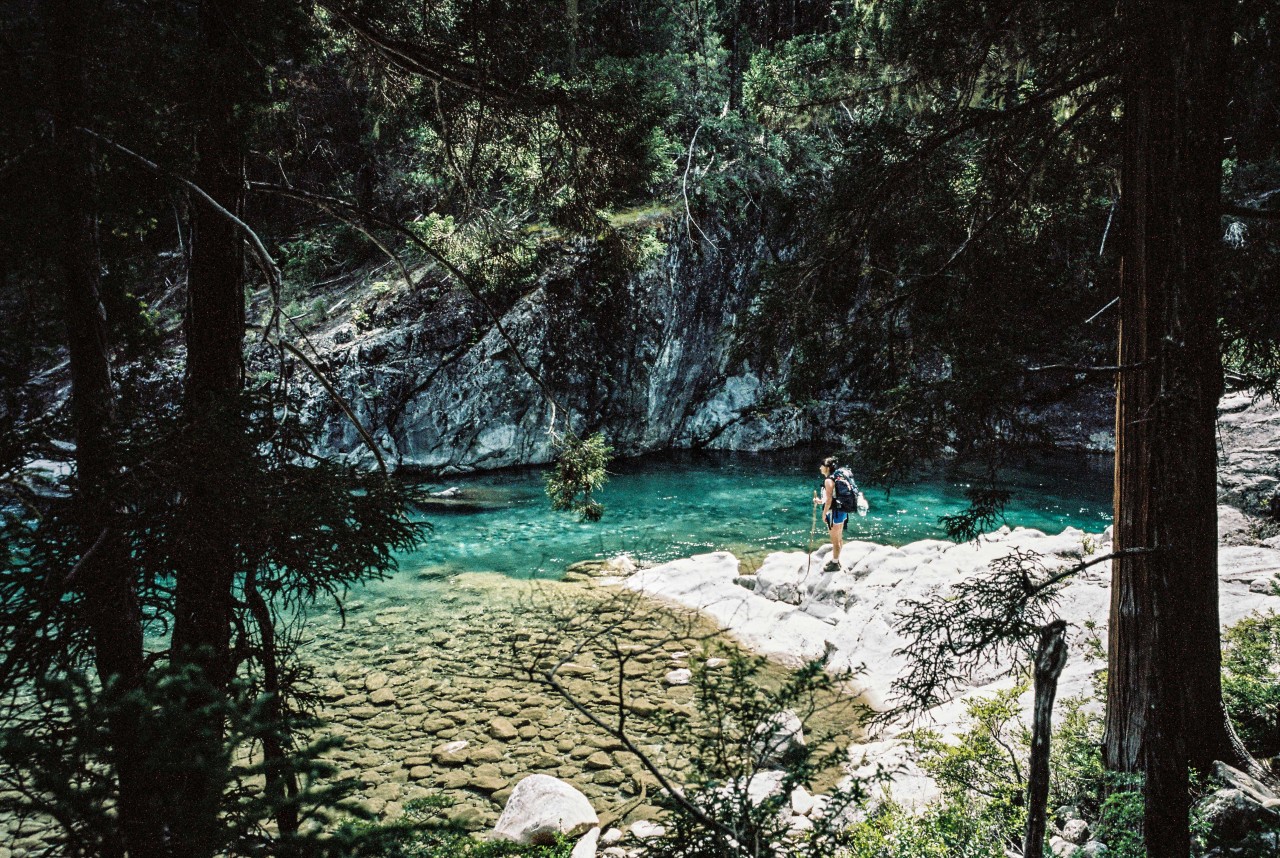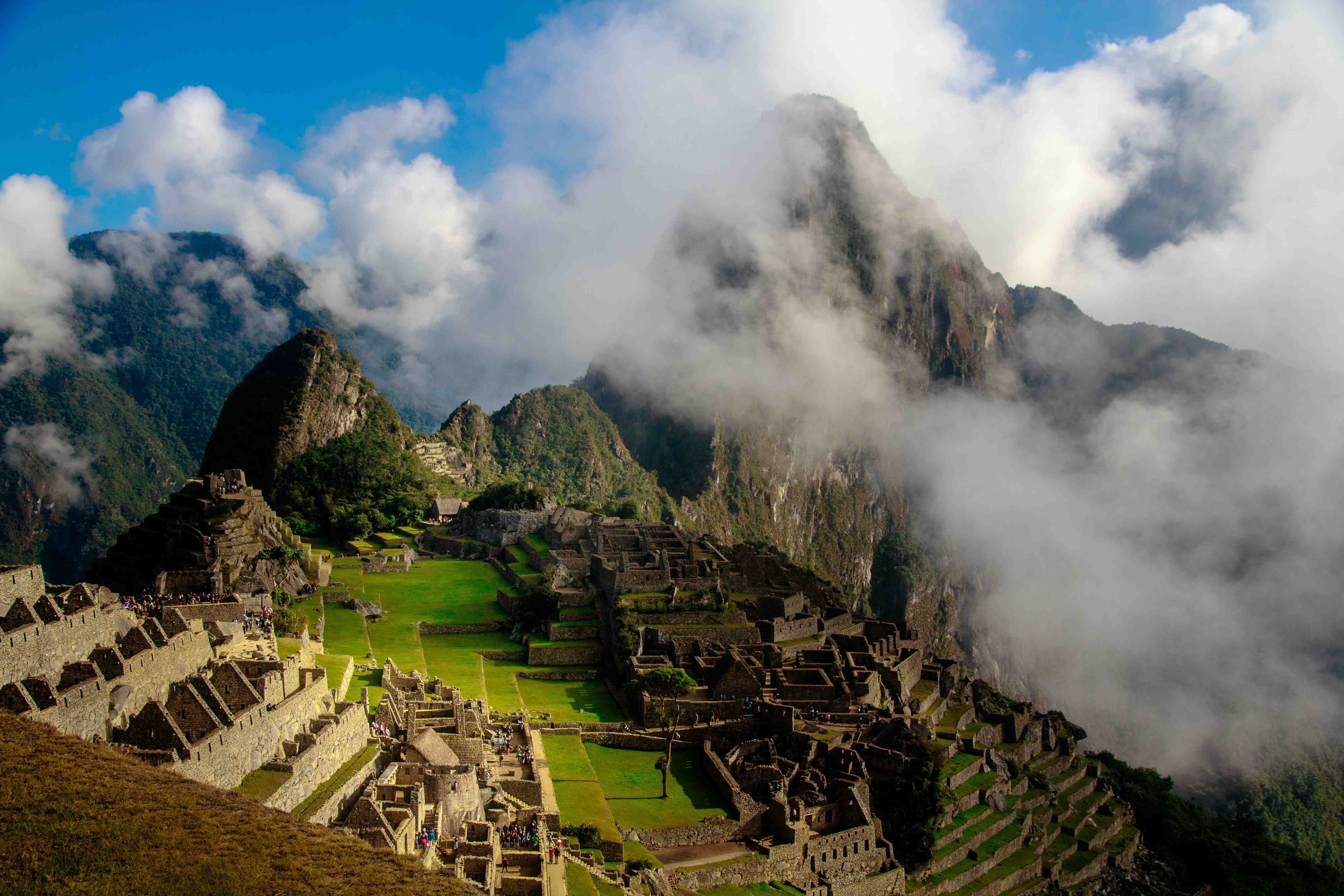7 Things We Learnt While Travelling In Colombia
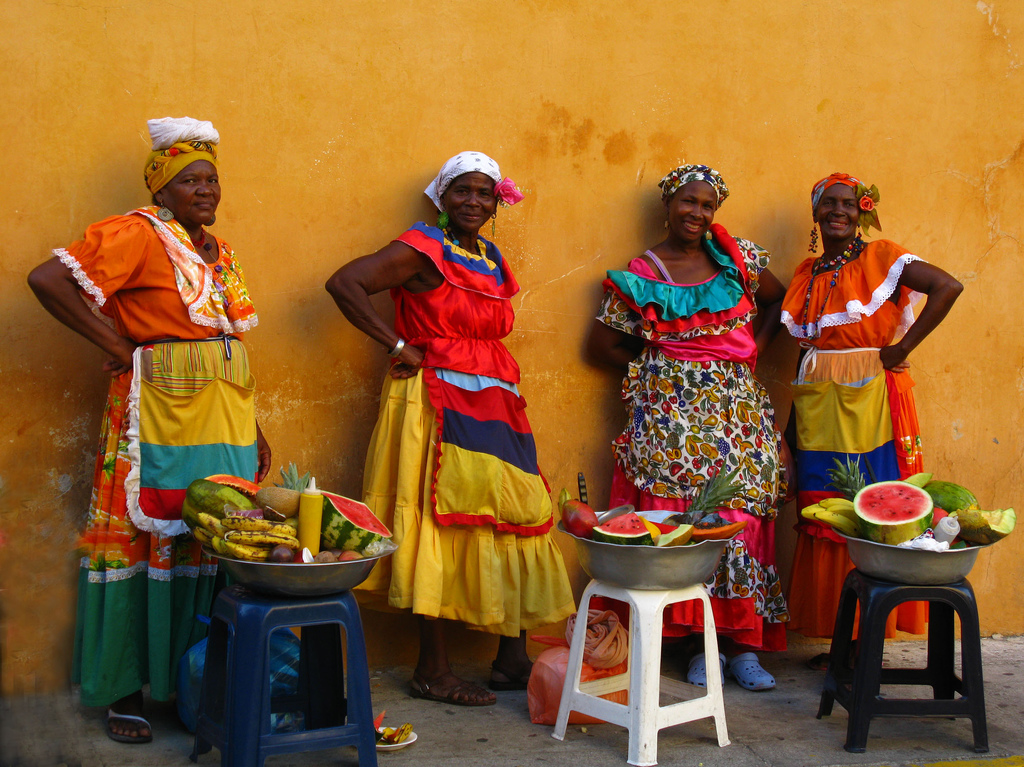
Colombia – the most misconceived country in South America (and possibly the world) – is now a traveller favourite. Forget the stereotypes of a Cartel-Kingdom, Colombia has had huge reform within the last eight to ten years and now boasts thousands of visitors every year. From tropical beaches to stretched-out coastlines, lush jungles and outstanding landscapes, you’ll never run out of things to do. You can sample incredible food like Bandeja Paisa (crispy fried pork belly-like pieces combined with beans, rice, avocado, egg and salad with chorizo) and meat-filled empanadas. Or you can check out the local nightlife – particularly famed in Medellin – or head further south to Cali, the capital of salsa dancing. Some say you haven’t seen South America without visiting Colombia. Here are seven things we learnt while travelling through this misunderstood country.
#1 Cartagena is a good place to start
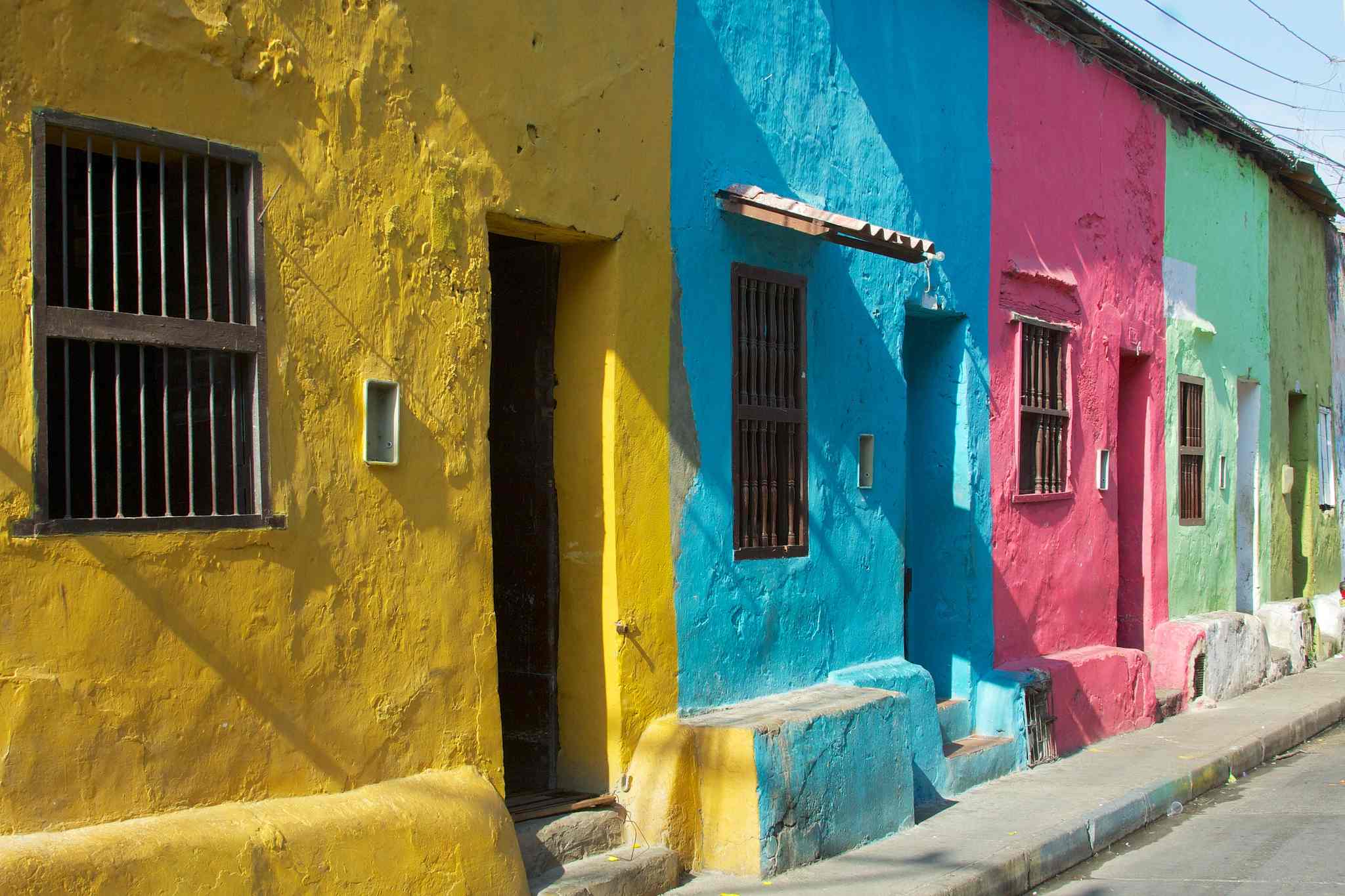
Cartagena is a good place to join the stride of the Colombian lifestyle. The colourful buildings and alleys in the old town produce pictures worthy of postcards. Small enough to explore on foot, Cartagena is a popular spot for both backpackers and Colombian locals on holidays. The Getsemeni area in particular is packed with bars, restaurants and hostels, but the vibe of the whole city is far from rushed. Three or four days is plenty of time to explore the place, which is generally safe (but stay around well-lit areas at night, just in case).
#2 Santa Marta is a hedonistic hotspot
Santa Marta isn’t a glamorous place, but its location makes it a hub for travellers. Apart from street stall shopping and a few restaurants, there isn’t much to do in the town centre, but Santa Marta is the launching point for trips to Tayrona National Park where you can hike or take a horseback ride through the jungle to reach a stunning secluded beach. Hammocks and camping spots are available when you arrive, and you can pass your days iguana-spotting, hiking or swimming in the sea.
Also nearby Santa Marta is Taganga – sleepy fishing village by day and party town after hours. (The party itself often ends up on the beach.) Scuba diving is common here due to the smooth waters and tropical coral, and it’s worth doing your open water certificate here as it’s relatively cheap when compared to the rest of Colombia and South America.
Minca is a one hour drive or bus ride away from Santa Marta and escaping here is the real deal – surrounded by jungle and with most hotels lacking Wi-Fi, it’s the perfect place to disconnect. Yoga is popular in Minca, as well as trekking to waterfalls. It is also home to the largest hammock in Colombia (at Casa Elemento) that can fit scores of bodies for an awesome communal view. Minca’s popularity is on the rise so now is the perfect time to go to say you’ve been there first.
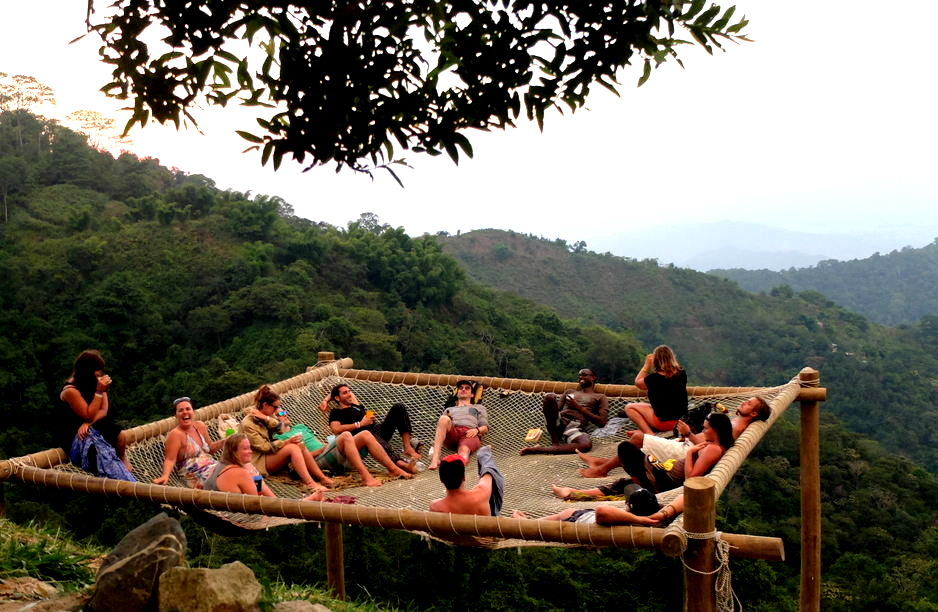
The small town of Palomino is a two to three hour drive from Santa Marta and offers tubing in the Palomino River finishing up at Palomino Beach. Beware of aggressive mosquitos and bring lots of repellant; even the coldest blooded humans will get an itch or two. Spend two days here if you can withstand the bites.
#3 The Lost City trek is all about the journey
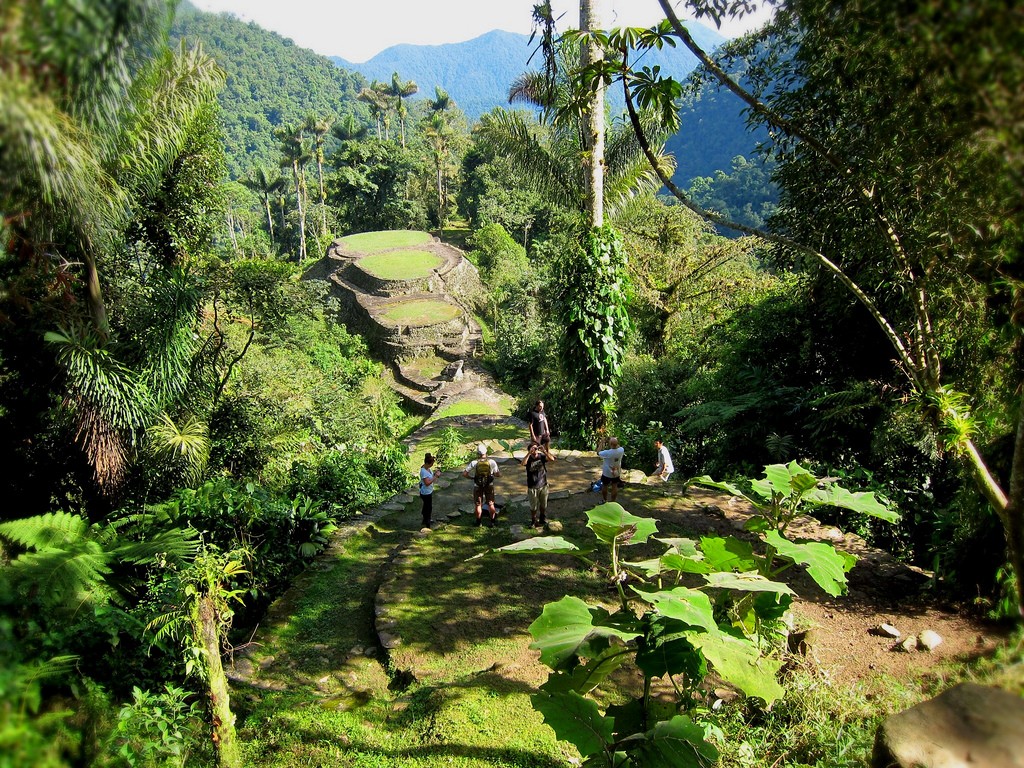
Known locally as Cuidad Perdida, this moderately difficult hike is often compared to Peru’s Inca Trail. Although the final spectacle isn’t as breathtaking, the Lost City has gained popularity among trekkers because of the challenges the journey brings. Steep vertical inclines and declines, red sandstone mud and temperamental weather – think intense humidity and torrential rain – means that once you’ve finished this hike you’ll be profoundly proud of your achievement.
You’ll need some amateur climbing skills and a good sense of balance to make your way over large rocks and around steep side drops. The trip will surely test any adventurer. We prepared more than normal for this hike alone, buying footwear with proper grip, and eating and sleeping well in the build up to our departure date. The journey will definitely make you feel like a real life Nathan Drake or Lara Croft, with river crossings, several Indigenous villages and bridges that appear unstable. (Don’t worry – they’re not.)
But for all of the challenges, the hike is truly enjoyable – it has everything the intrepid jungle nomad would want, and you even get a chance to mingle with the locals. We got to play a game of pick-up soccer with some children along the way, which was a real highlight. You will get muddy and probably wet so don’t bring valuable clothes, prepare yourself mentally and just enjoy the 46 kilometre excursion. The incredible thing about arriving at the Lost City is that the actual site isn’t fully excavated yet, making it feel like a secret you’ve discovered. Make sure you know a bit of Spanish of have an English-speaking guide who can teach you about the history along the way.
#4 Escobar’s family are still kicking about
The legacy of the Robin Hood-like figure Pablo Escobar, who was a famously wealthy criminal over 20-years-ago, is still very fresh in the minds of Colombians, helped along by the popularity of 2015’s Netflix series Narcos. Historically, Escobar’s reign is still very recent, but themed tours are already available throughout his hometown of Medellin. His old mansions, houses, swimming pools and even his grave are stop off points, depending which tour you take. His brother Roberto Escobar, an accountant, is on house arrest but receives daily visitors and shared tales of his now-deceased brother. It’s a really interesting insight into Colombia’s chequered past.
#5 Soccer is just another religion here
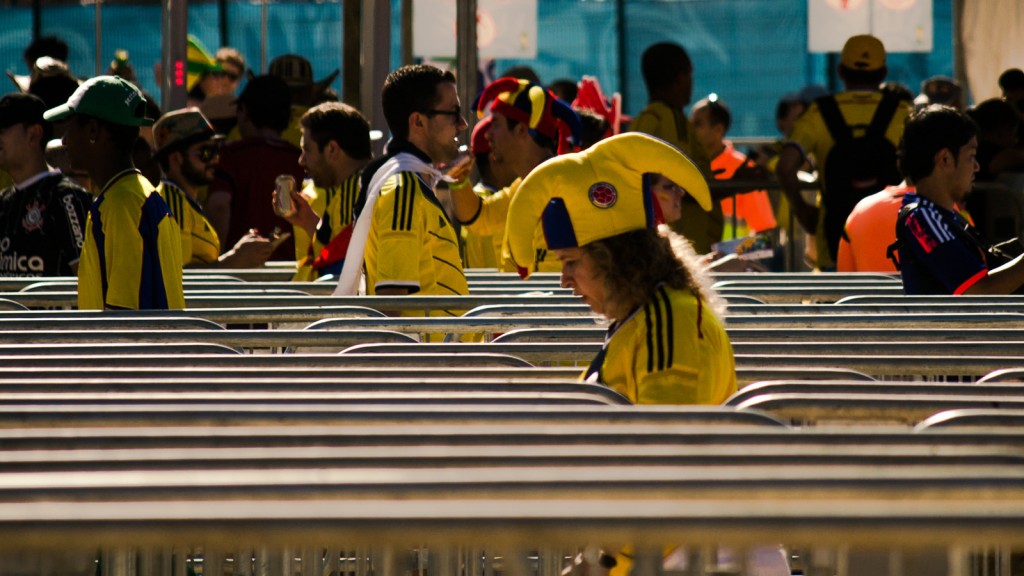
In Colombia, soccer is number one. South Americans tend to be kind, family-orientated people but when it comes to soccer, passions truly erupt. You’ll see Colombian jerseys on every street shopping corner celebrating their national team’s recent growth. Going to a game is an experience in itself – there’s constant singing and a moshpit-like outburst when the home team scores. The entire experience will exhaust you with its intensity. Nowhere is this more true than Medellin which is home two teams, Independiente Medellin and Atletico Nacional, but pick your side wisely – when these two teams meet, the place goes off.
#6 Don’t bypass the big cities
Whether it’s Bogota, Medellin or Cali, a visit to one of Colombia’s major cities is necessary to understand what life in the country is actually like. There are cable cars you can take in both Bogota and Medellin to better comprehend the sheer size of the places, with rows and rows of houses and favelas. The nightlife is particularly good in Medellin with trendy bars, nightclubs and restaurant-lined plazas to revel in. Check out the Poblado district which has a good mix of travellers and locals. Bogota is more of a cultural city, with modern monuments, high skyscrapers and street art adorning many walls. The city seemingly sprawls on forever, so give yourself plenty of time to get around. Cali is the home of salsa, so it’s where to be if you like to dance. Be aware of your safety in the cities – take care at night and always make sure you know where you’re going.
#7 The architecture and culture is on par with Europe

Colombia’s culture and history could easily rival any European city. The famous undergrounf Salt Cathedral is a Roman Catholic Church situated just north of Bogota. Locally, it is known as the Salt Cathedral of Zipaquira and it’s an important Colombian pilgrimage site. It’s very popular with tourists who flock to see the majestic site and its tunnels of salt induced mines. You may get lost a few times in the weaving salt corridors but you probably won’t mind.
Colombia is full of weird and wonderful gems like this – another is a church called Las Lajas in Ipiales, on the southern border of Colombia where it meets Ecuador.
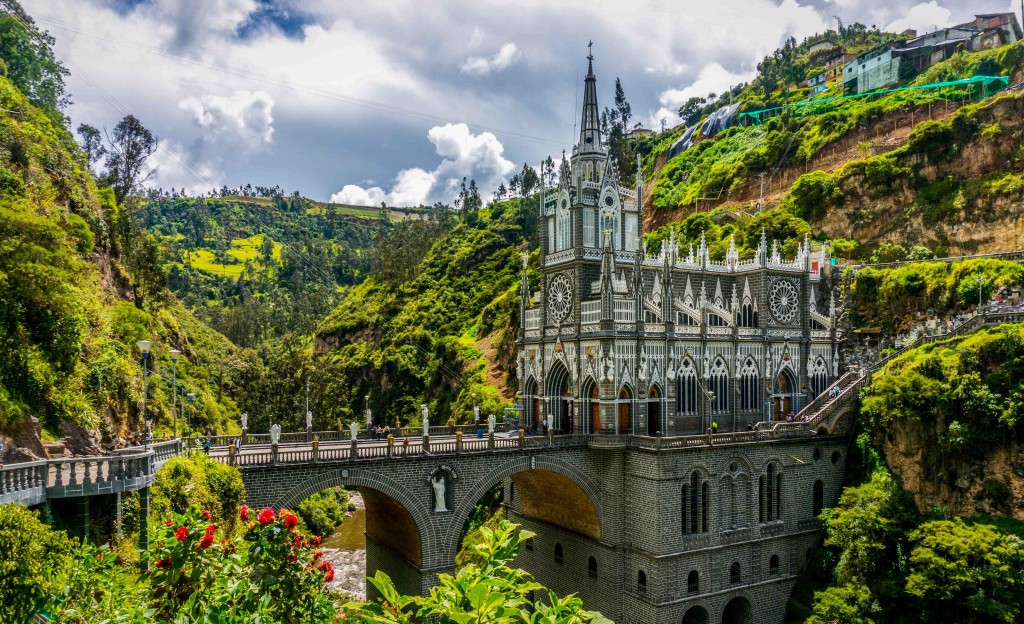
From pictures, you’d be forgiven for assuming this dramatic castle was in Central Europe rather than South America. It was constructed on this site in the mid 1900s to honour an earlier reported sighting of the Virgin Mary in 1754. While hundreds of locals come to pay respects, very few tourists seem to stop off here. We only discovered the place when we found out we had time to kill before passing into Ecuador. But that’s Colombia for you – full of hidden gems and happy surprises.
(Lead image: Luz Adriana Villa/Flickr)

